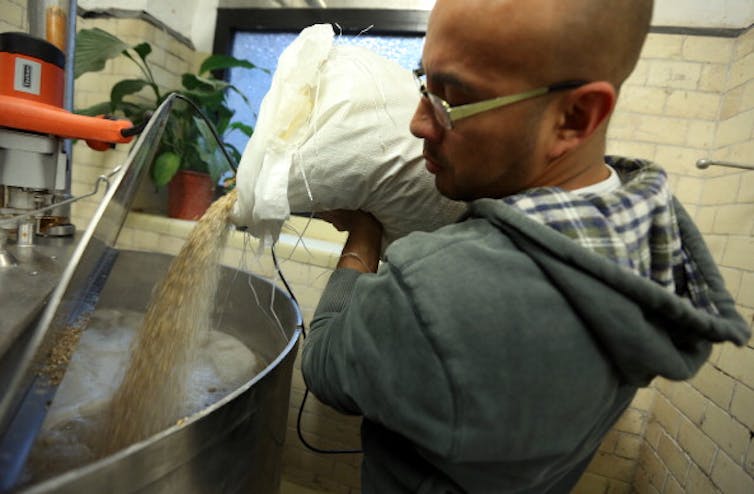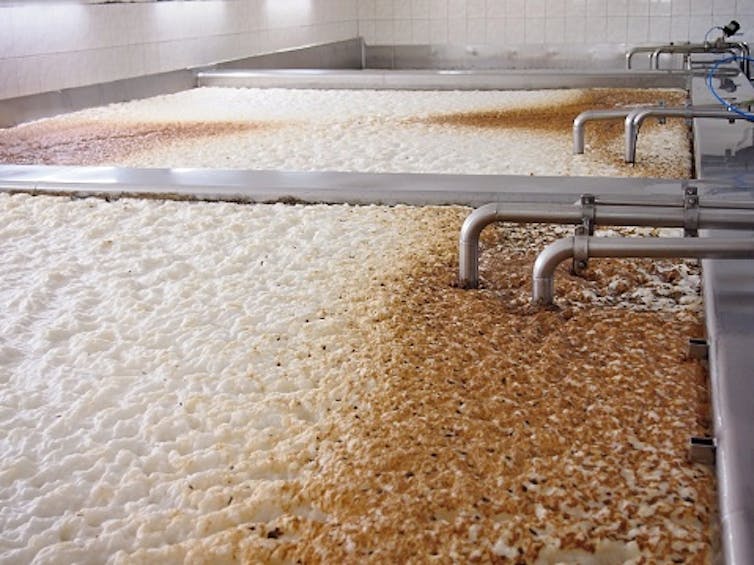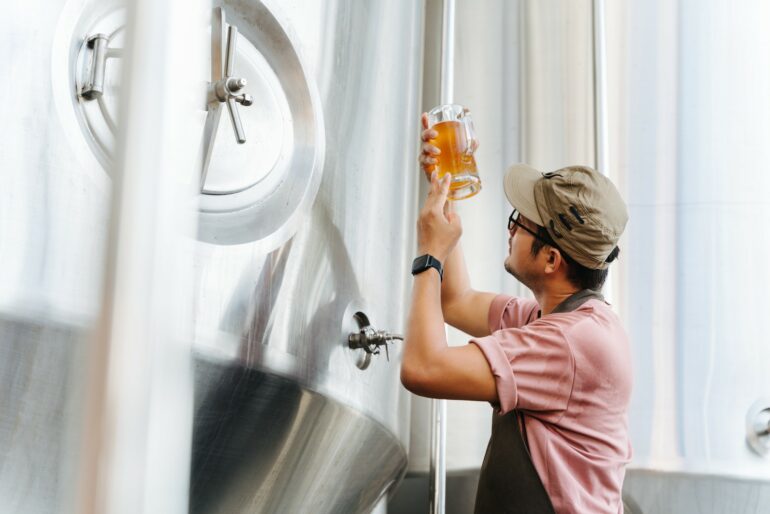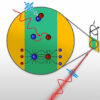The holiday season for me includes socializing over drinks with friends and family. But all the celebrating tends to catch up with my waistline, and by New Year’s Day, it’s time to get back in shape. Besides vowing to hit the gym more, my approach involves a “Dry January.” But as someone who teaches brewing science, spends a lot of time around breweries and bars, and thoroughly loves beer, abstaining is no easy task.
Thankfully, I can still enjoy beer while cutting back on my alcohol intake and calories by switching to nonalcoholic beers.
To some people, nonalcoholic beer sounds like an oxymoron, but newer techniques are producing tasty, high-quality options in this growing beverage category.
A nonalcoholic beer is usually a malt beverage that is more than 0.0% and less than 0.5% alcohol by volume (ABV). Producing a beer this low in alcohol requires the brewer to use practices and equipment uncommon to the general brewing process and to consider additional food safety precautions.
Brewing regular beer
Regular beer has four main ingredients: malted barley, hops, yeast and water.
When brewing beer, brewers extract sugars from malted barley – barley grains that have been partially germinated and then dried to make available the starches in the grain and enzymes that break them down. The malted barley then goes into the mash. That’s where the enzymes in the grain wake up and get to work breaking down the starches into smaller sugars. This step results in a sweet wort.

Adding malted barley to the mash tun, where its starches will be converted into smaller sugars that yeast will eventually digest.
The brewer then boils the sweet wort and adds hops to provide bitterness, aroma and flavors. The hopped wort is then cooled and transferred to fermentation vessels where the brewer adds yeast. The yeast breaks down the sugars in the wort, releasing carbon dioxide and ethanol. Ethanol is the alcohol that makes beer “alcoholic.”
At this point we have beer. Beer’s alcohol by volume ranges from 3% to 13%, with most styles falling between 4% and 7%.
The challenge of removing alcohol
Some of the more traditional approaches to making nonalcoholic beer are skipping the fermentation step or diluting a regular beer. These techniques can produce beers that are too sweet or one-note, lacking in flavor characters that come from fermentation. Advances in two alternative techniques – controlled fermentation and de-alcholization – have led to improved nonalcoholic beer quality.

In the regular fermenting step, yeast releases ethanol and the carbon dioxide that makes beer naturally bubbly.
Controlling fermentation involves using either low temperatures to limit yeast activity, strains of yeast that are unable to break down certain sugars, or wort that is less fermentable. Remember, it’s the living yeast cells that add alcohol to the mix as they digest…



